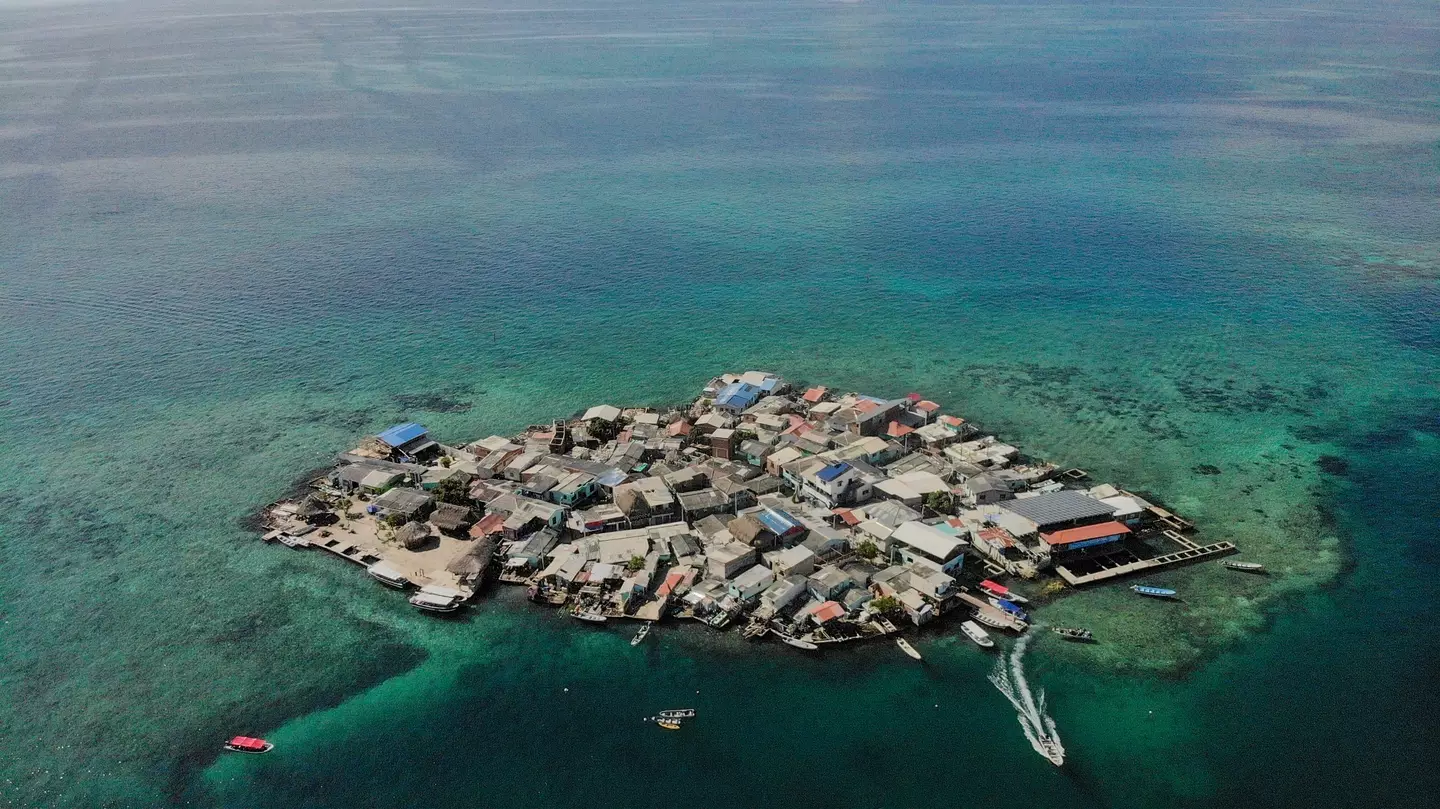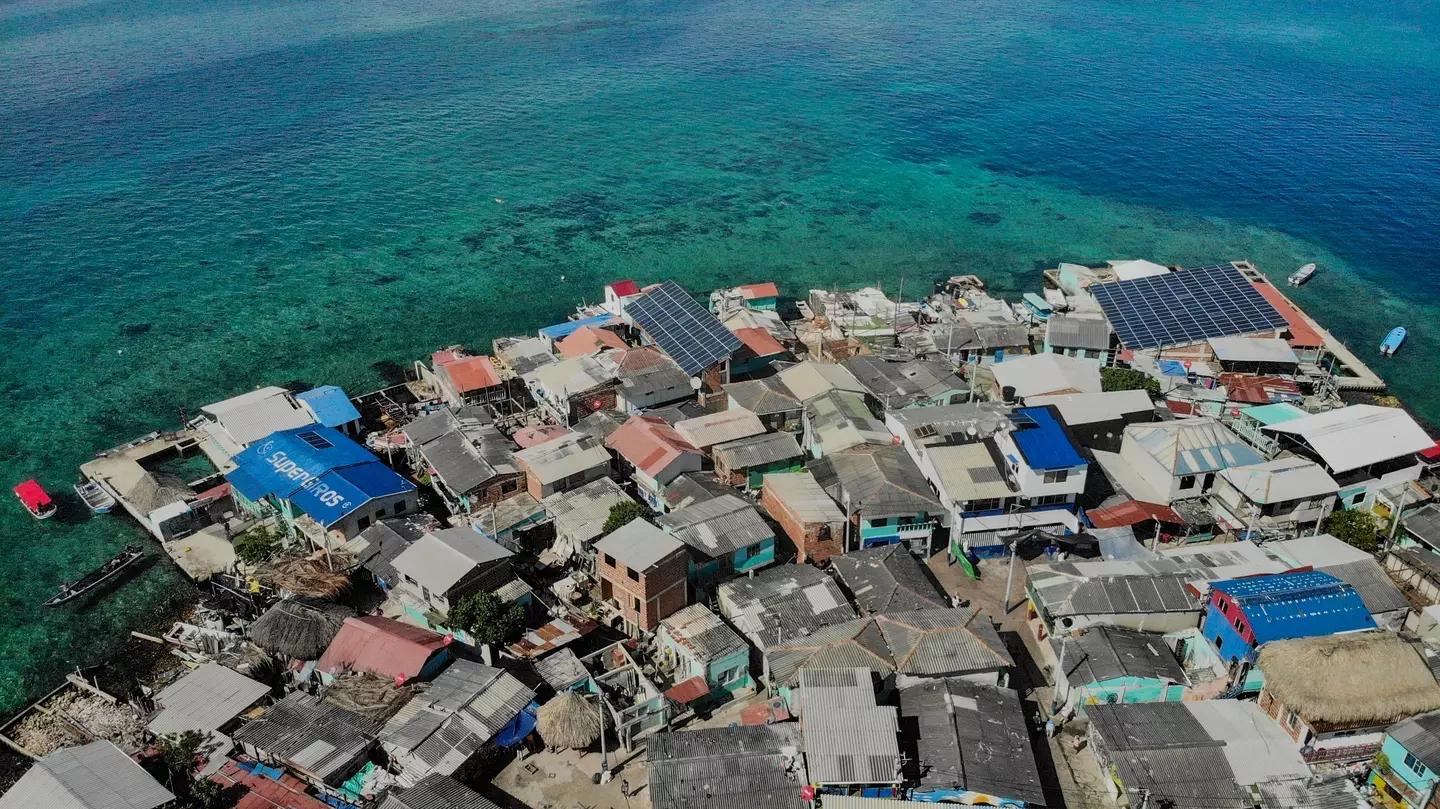A man traveled to one of the world’s most densely populated islands and was taken aback by the way its residents live.
This island, located off Colombia’s coast, covers a mere 2.4 acres, which is even smaller than an average soccer field measuring 2.7 acres.
Named Santa Cruz del Islote, this manmade island was established by fishermen in the 19th century on a coral platform.
As of 2024, it is thought that approximately 800 people inhabit this exceedingly small island.

Earlier this year, filmmaker and YouTuber Ruhi Çenet visited this renowned island, documenting his observations in a video shared on his channel in March.
Ruhi described the scene as ‘chaotic,’ with people filling every available space.
“It’s impossible to be alone on these crowded streets,” he noted.
As the population has grown over time, nearly every part of Santa Cruz del Islote has been developed, leaving no room for additional construction.
Given this, Ruhi was amazed to discover that up to 10 people were occupying a single small home.

Adding to the surprise, a homeowner revealed that ten individuals share just three beds.
In Ruhi’s video, another section of the house is shown containing two double beds, where seven children reportedly sleep.
Ruhi notes that 200 families reside in homes illegally constructed on this tiny island.
“Everyone builds houses wherever they want,” he explains. “When they can’t find any space, they build on top of existing buildings.”
Despite the clear overpopulation, it seems that the island’s residents continue to have children.
Ruhi learns from locals that many women have their first child by age 16 and may end up having up to five children with different partners.
https://www.youtube.com/watch?v=LgQxzYQP4as
Despite its minuscule size, Santa Cruz del Islote still accommodates essential facilities like a school, church, clinic, and hotel.
There is even a restaurant and a pub.
Though they have a small pub, the island lacks sewage and garbage disposal facilities, leading to waste being disposed of in the sea.
As expected, there is limited space for agriculture, so residents rely on deliveries from the Colombian Navy every few weeks.

